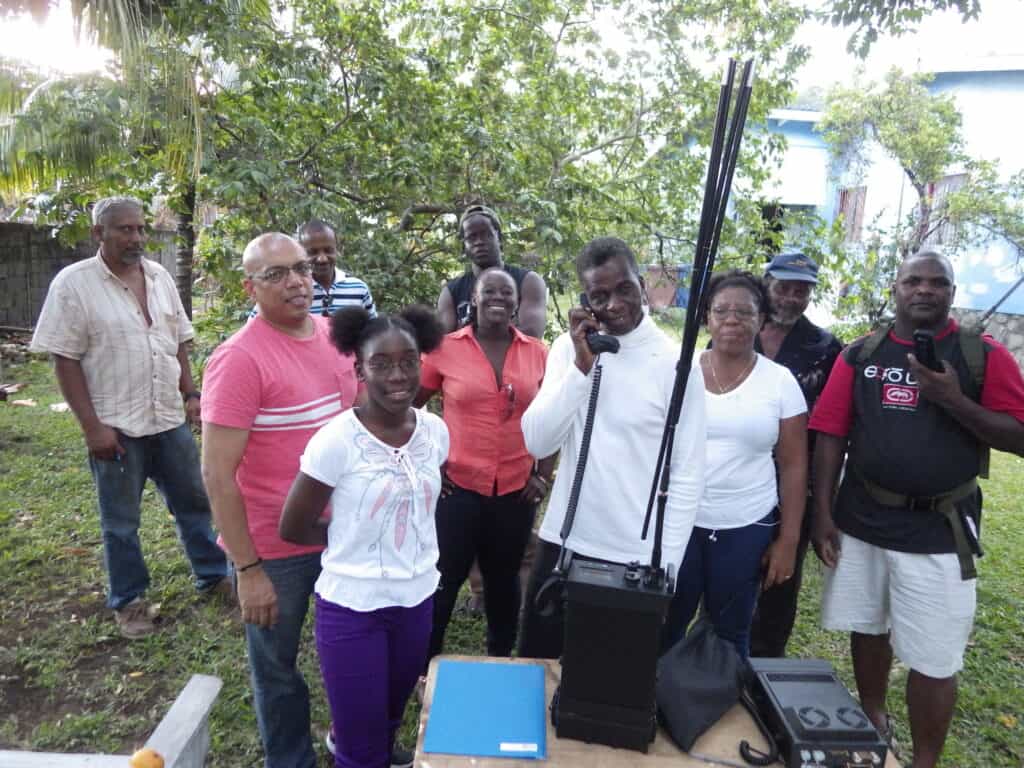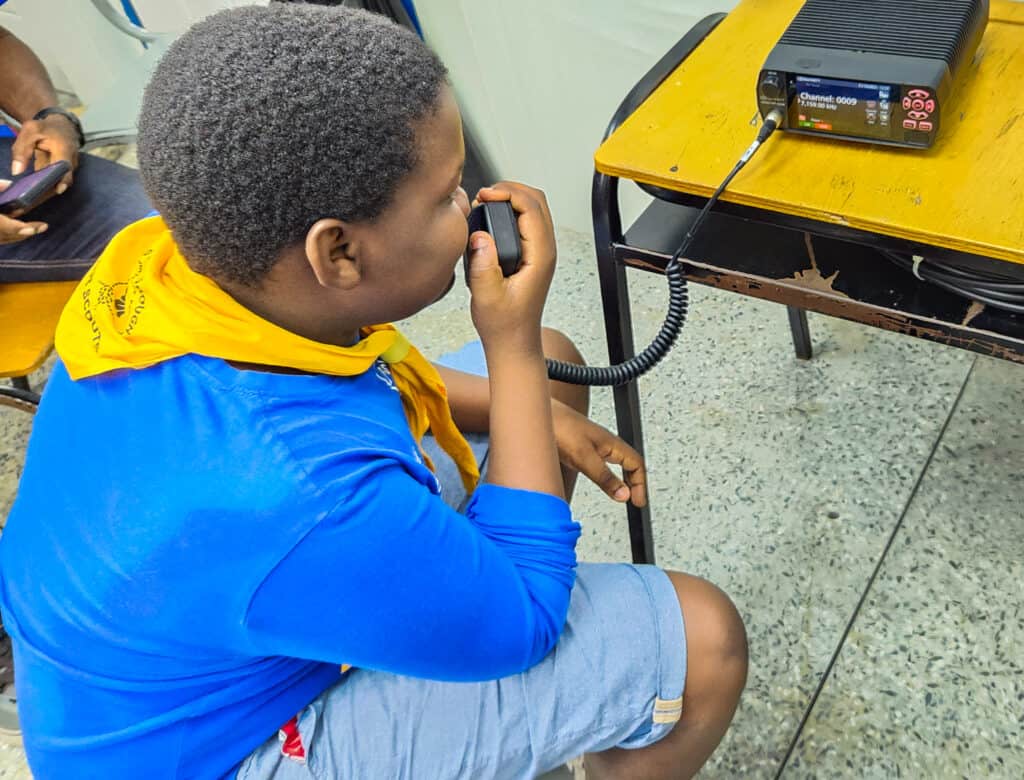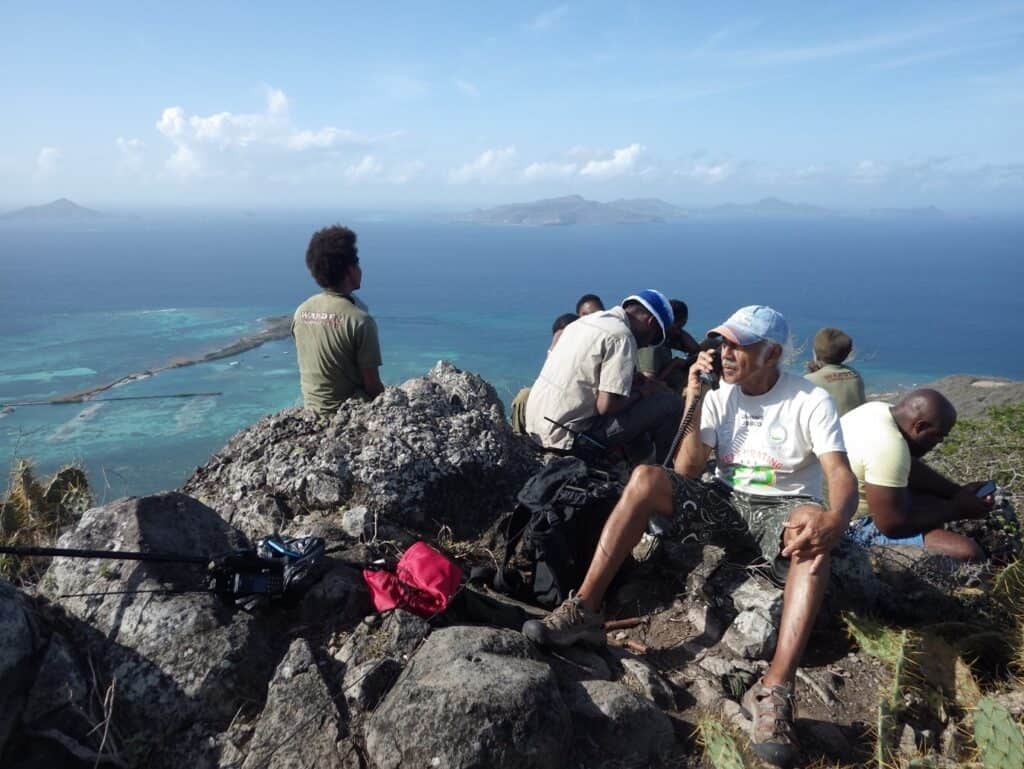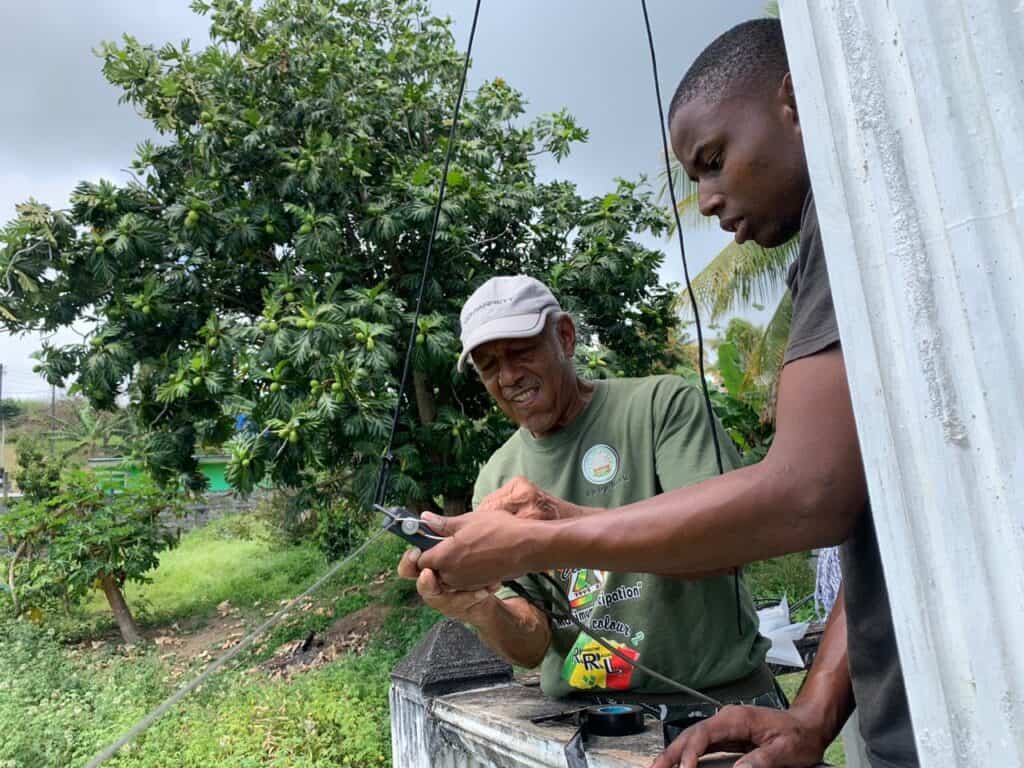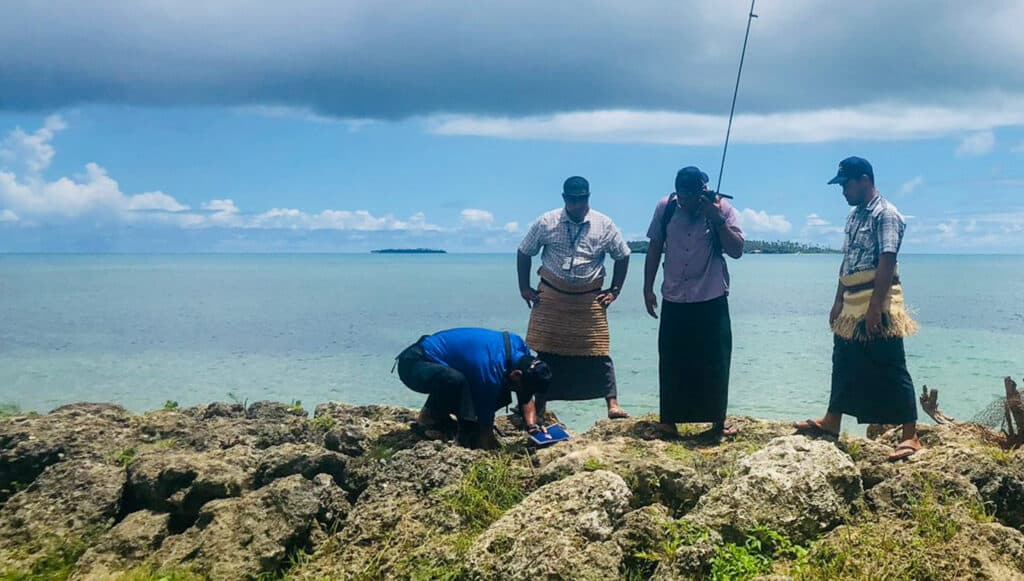What we learned from the bushfires and how humanitarian organisations can bolster their communication technology
What we learned from the bushfires and how humanitarian organisations can bolster their communication technology
The recent Australian bushfires made an unprecedented impact on the continent. According to the UN Environment Programme, the 2019-2020 bushfire season demolished over 18 million hectares of land, destroying more than 5,900 buildings – including over 2,800 homes – as well as taking the lives of people and wild animals. And while the bushfire season has come to a close, it’s hard to fully assess the entirety of the damage thus far, and may be difficult to do so for years to come.
“The potential impacts on wildlife are devastating,” Crystal Kolden, an associate professor of fire science at the University of Idaho who studied wildfires in Tasmania in 2018, said to The Verge. “There won’t be a full accounting for how bad it actually is for years. These really incredible remnants of, you know, the era of the dinosaurs essentially, [are] not adapted for fire and when it burns, it will be gone.”
By any standard, the bushfires devastated the land of Australia – and took a major toll on the general population as well.
How the fires impacted public health
Air quality reports from the UN Environment Programme noted Canberra experienced the worst air quality on record as of January 2020. The impact of the smoke can be very disastrous to the health and wellbeing of residents exposed to the outdoors. Some examples of health threats derived from the smoke exposure include respiratory tract irritation, reduced lung function, bronchitis and exacerbated asthma.
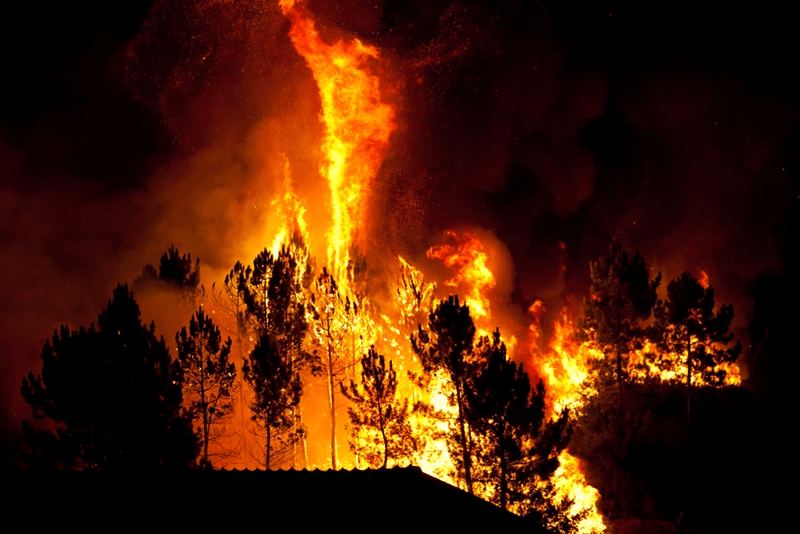
While physical harm has certainly raised many concerns across the vulnerable areas, mental health has also been challenged. Emergency evacuations from homes, as well as the loss of pets, personal property and belongings, has taken a major toll on the mental wellness of Australian residents. Some people were forced to find shelter in unfamiliar areas and keep their families safe during harsh weather conditions. All of these factors and experiences combined can be detrimental to mental health and wellbeing in the short and long term.
Thankfully, various humanitarian organisations across Australia have put forth efforts to aid the bushfire crisis and stand in solidarity with those vulnerable communities. While some damage cannot be undone, the help, response and support has made a huge impact.
How Barrett Communications can provide relief for humanitarian organisations
While humanitarian organisations continue to provide relief services for communities in need, Barrett Communications can help such service providers during unfortunate events such as the backlash of the bushfires. When communities are desperate for items like blankets, water and tools, having the right communication equipment that’s reliable can be the saving grace during tough times. HF radio communicators make it easier to share information no matter the distance, ensuring public health remains a top priority in the most vulnerable places.
As one of the world’s leading designers and manufacturers of HF and VHF radio systems, Barrett Communications can provide humanitarian organisations with the user-friendly solutions they need when they need them most.
For more information about Barrett’s HF radio solutions contact the team today.


